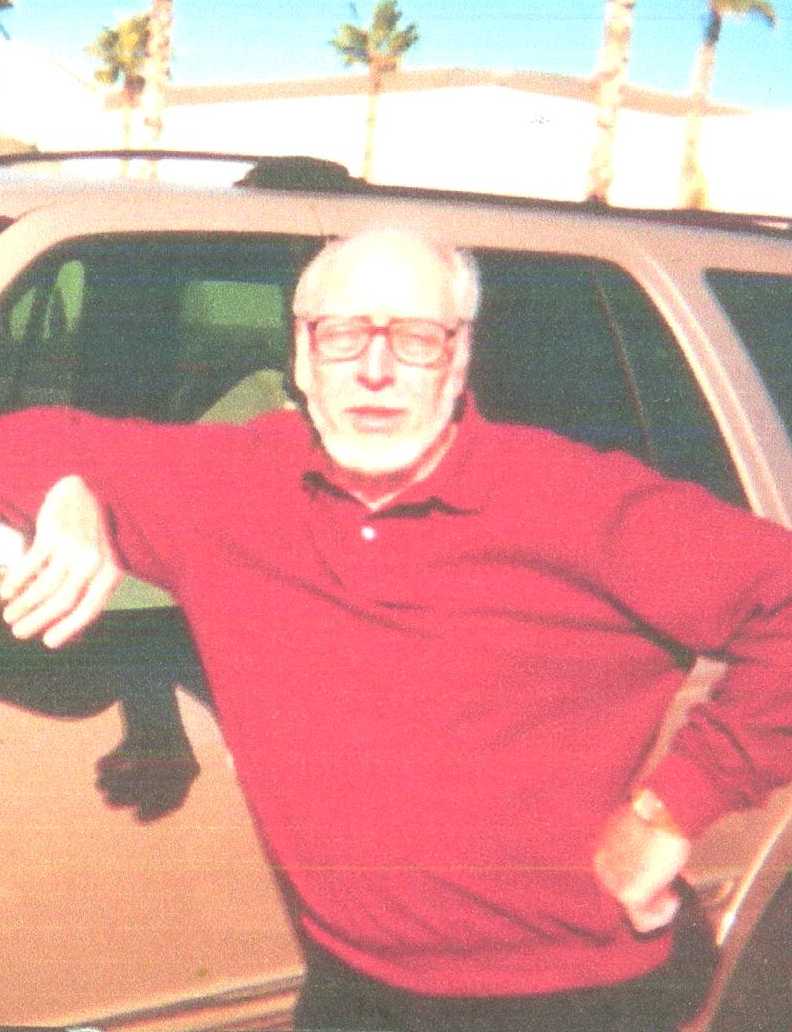Understanding the Mechanics of Wave Action
Year: 2008
Most scientists fail to recognize that wave action can only occur in a medium. A wave transmits mass impulse energy by a sequence of compressions in the direction of emission. In a solid it is a resonant vibration. In incompressible fluid it is a 3 dimensional sequence of mass propagation in the direction of emission. In a gas it is a 5 dimensional impulse of emitted input energy. The impulse produces a compression of a surrounding medium of like particles that sequentially exert the compressive force in the direction of emission. Although frequency is proportional to wave particle energy all of the constituent particles have the same transmission velocity. The only explanation of the simultaneous conduct of different velocity particles is equal resistance of a medium of like particles. The collapse of the transverse media expansion elastically transfers the impulse energy to the resistant media particles. The resisting media particles repeat the cycle in the initial direction of emission. The resistance of the medium is proportional to volumetric particle density. Increased density decreases mean free path of the wave particle. Mean free path in a given medium establishes the propagation velocity. Electromagnetic waves are transmitted by overtly undetectable particles. Their action is identical to sound wave propagation in the atmosphere. The greater size and mass of atmospheric particles limit them to sonic velocity. Atmospheric pressure is proportional to temperature. Temperature defines atmospheric particulate density at a given pressure level. Temperature penetrates all atomic structures and establishes the separation of media particle mass increments. Temperature is the reciprocal of the coefficient of thermal expansion. Its action correlates with the kinetic theory of gases and the second law of thermodynamics. Temperature equally quantifies the pressure of an omnipresent wave energy-transmitting medium.


